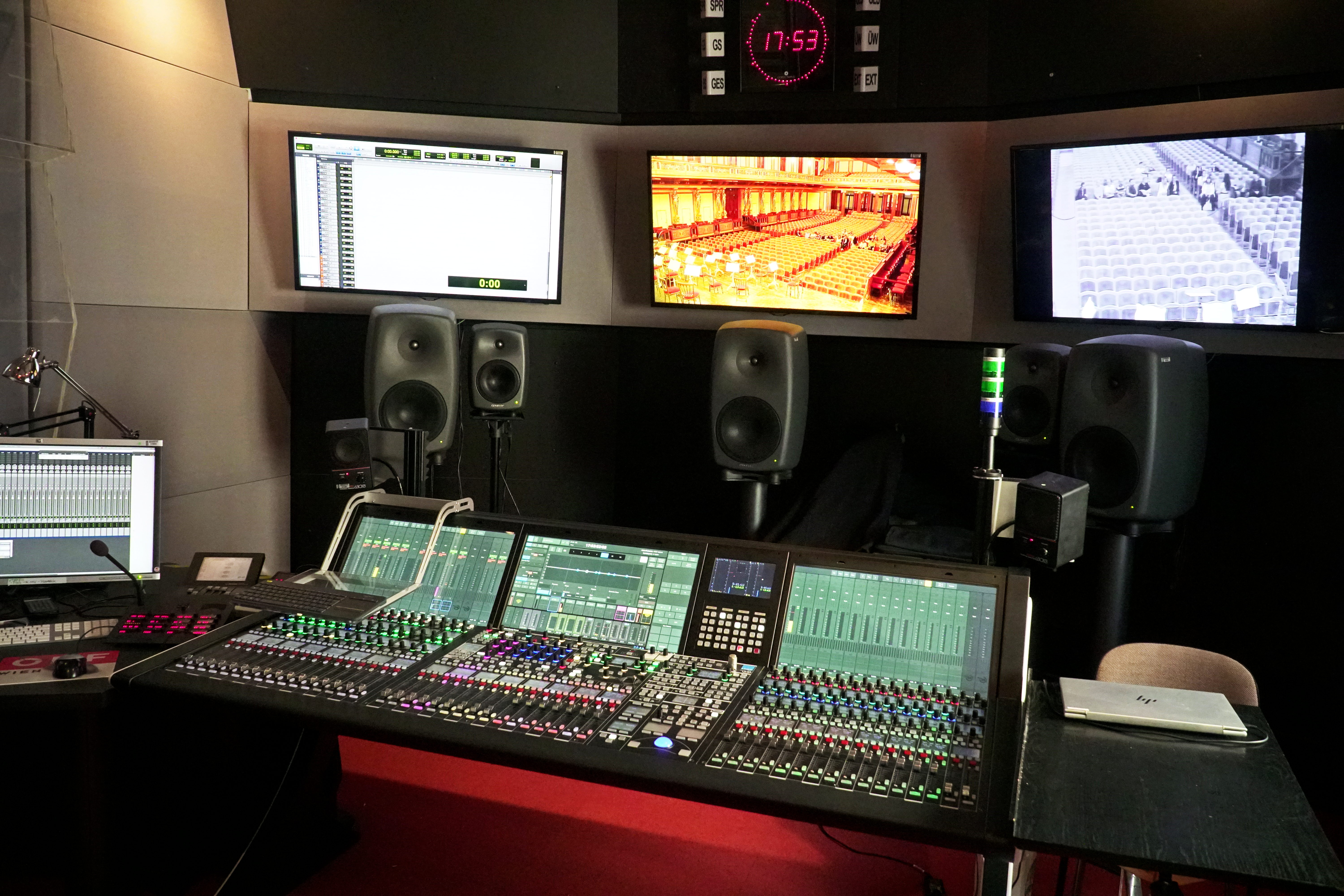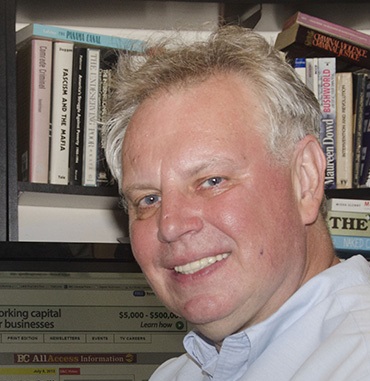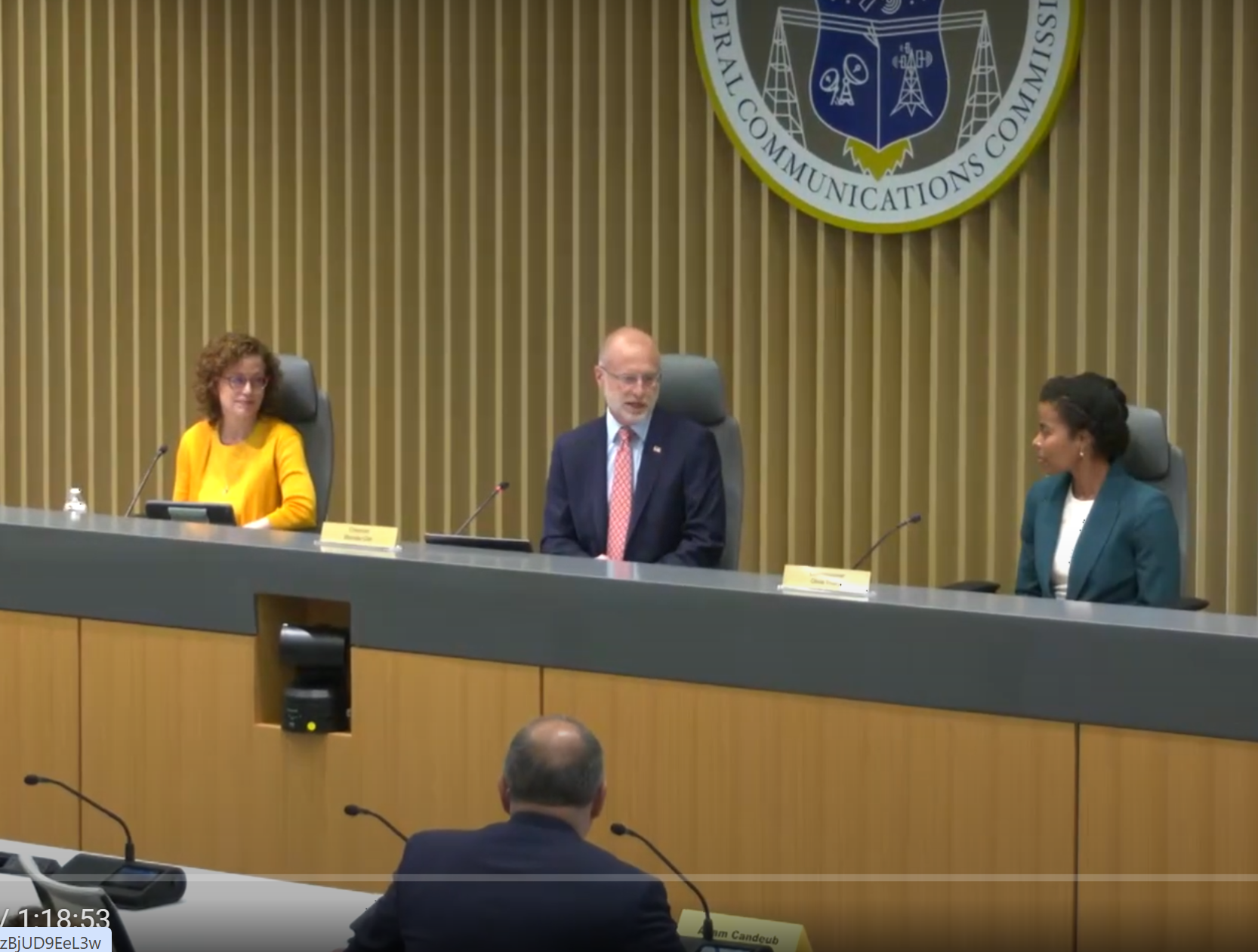ORF Upgrades Sound Control Room at Vienna Musikverein With Lawo’s mc²56
Control room plays a central role in performances and live broadcasts year-round, including the Vienna Philharmonic New Year’s Concert

VIENNA—With the 2025-26 concert season already underway, Austrian broadcaster ORF has inaugurated its newly upgraded sound-control room at the Vienna Musikverein concert hall, which is now fully equipped with IP-based audio technology from Lawo.
The upgrade marks a significant step forward in enhancing live broadcast workflows, capturing the intricate soundscapes of orchestral performances with even greater precision and ensuring robust operational reliability for high-profile live productions, Lawo and the broadcaster said.
The smooth functioning of the control room plays a central role in mixing not only numerous concerts and live broadcasts throughout the year, but also the Vienna Philharmonic New Year’s Concert, viewed by millions around the world.
The decision to implement Lawo technology was driven by the need to improve system compatibility and foster synergies across ORF’s production infrastructure.
“This new setup is more than just an upgrade—it’s our gateway into next-generation audio IP technology,” says Reinhard Tomek, project manager audio technology at ORF. “It offers us tremendous flexibility for future expansions and seamless integration of external devices. The incorporation of Lawo’s HOME platform simplifies system management, while keeping interfaces to external IP-enabled systems open and adaptable.”
At the heart of the new infrastructure is an mc²56 MkIII production console featuring 48 faders, powered by an A_UHD Core audio engine licensed for 256 DSP channels.
Two A_stage80 stageboxes provide connectivity, while the signal architecture is managed via Lawo’s HOME platform, designed for IP-based production environments. The console runs the latest software version 12.2, which introduces several key enhancements.
The professional video industry's #1 source for news, trends and product and tech information. Sign up below.
Notably, a new 7-band EQ with three dynamic bands enables sound engineers to shape orchestral audio with exceptional precision. Additional improvements include optimized channel displays, more intuitive operation of audio crosspoints via the HOME API, and the ability to switch banks and layers directly from the fader panel, the two companies explained.
Previous software versions such as 10.12 and 12.0 laid the foundation for deeper integration between console, DSP, and network. With the HOME mc² DSP app, CPU-based processing resources are now also available, Lawo said.
Another major highlight of the upgrade is the full integration of Waves SuperRack V15. Extensive Waves plug-in bundles can be loaded into the Immersive Wrapper and operated directly from the console—ideal for immersive formats such as 5.1.4, 7.1.4, or 9.1.4.
“Native control of Waves processing within the console streamlines live operations significantly,” Tomek said. “It allows complex sound processing to be embedded directly into the workflow, eliminating the need for external workstations or workaround solutions.”
Following commissioning in August, Lawo conducted a three-day, hands-on training session for ORF’s sound engineers, focusing on the practical application of the new features.
The system made its debut on Sept. 20,. during the season-opening concert featuring the Munich Philharmonic Orchestra under the direction of Lahav Shani. “Despite the new technology, it was a routine production for our team—a clear sign that the system is intuitive, and the transition went smoothly,” Tomek said.
With this renovation, ORF ensures that future productions at the Vienna Musikverein can be realized with maximum reliability and cutting-edge technical capabilities. At the same time, the new infrastructure enables the exceptional acoustics of the Musikverein’s Great Hall to be captured with unmatched precision and brought vividly to life for radio audiences, Lawo said.
For additional information, visit www.lawo.com.
George Winslow is the senior content producer for TV Tech. He has written about the television, media and technology industries for nearly 30 years for such publications as Broadcasting & Cable, Multichannel News and TV Tech. Over the years, he has edited a number of magazines, including Multichannel News International and World Screen, and moderated panels at such major industry events as NAB and MIP TV. He has published two books and dozens of encyclopedia articles on such subjects as the media, New York City history and economics.

